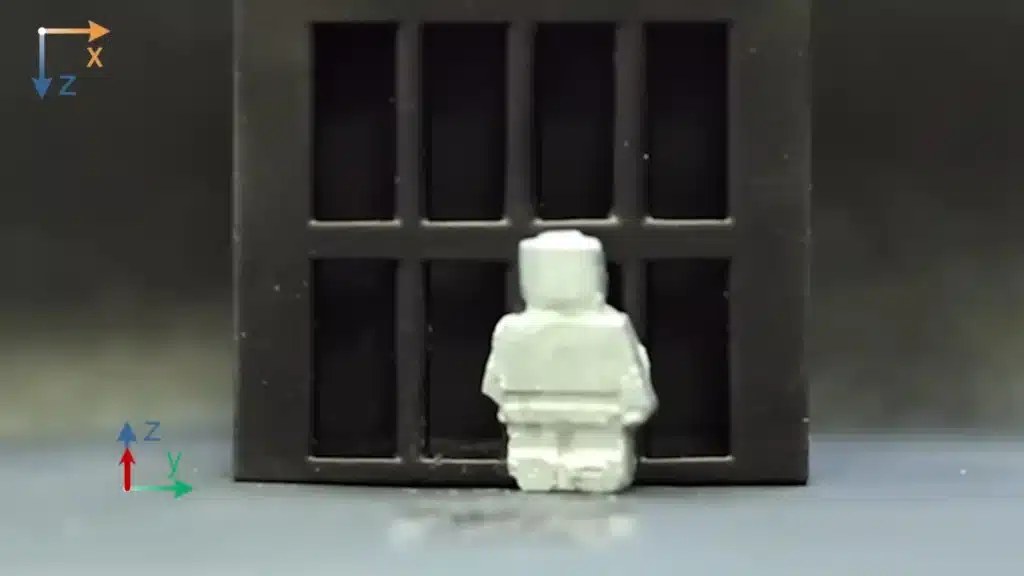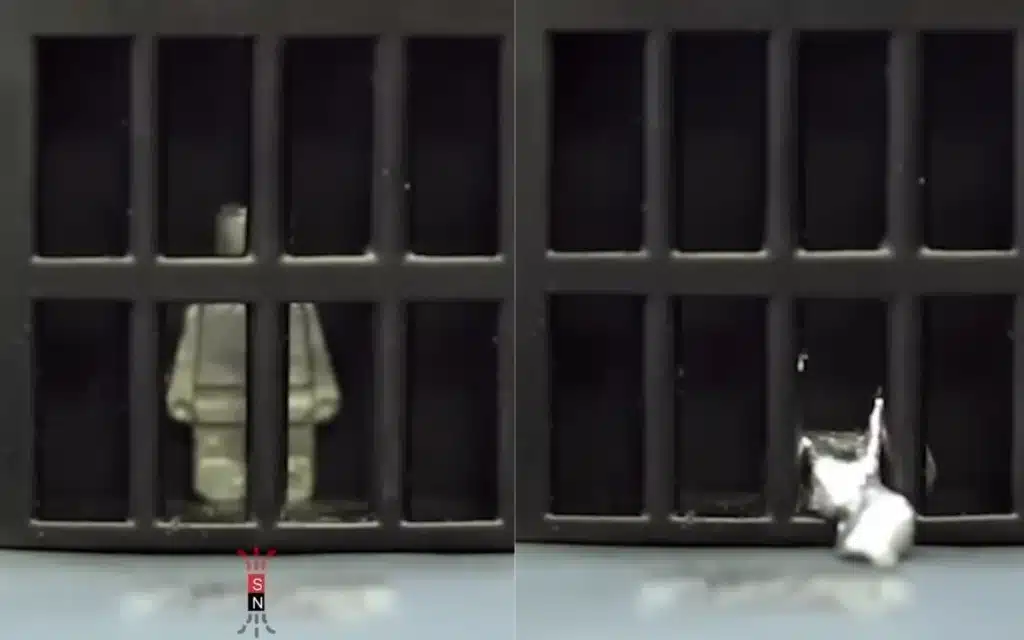Scientists develop a shape-shifting humanoid robot that can liquefy itself
- The robot is similar to the T-1000 from Terminator 2
- It can transition back and forth between solid and liquid states
- The demo shows the robot breaking out of a prison
Published on Apr 02, 2024 at 11:05 AM (UTC+4)
by Nalin Rawat
Last updated on Apr 19, 2024 at 6:51 PM (UTC+4)
Edited by
Tom Wood
Scientists have made yet another breakthrough in robotics by developing a shape-shifting robot that can liquefy itself.
Nope, this isn’t a film, although it sounds like one.
The robot shares a striking resemblance to T-1000, the shape-shifting robot from Terminator 2.
The humanoid robot from the 1991 film was an iconic villain straight out of science fiction, and 30 years later, scientists have now made it possible.
Well, sort of.
READ MORE! The world’s most advanced humanoid robot admits she gets ‘tired of showing humans what I can do’
Earlier this month, researchers at The Chinese University of Hong Kong developed a robot that can transition back and forth between solid and liquid states.
This property allows the shape-shifting robot to navigate through numerous obstacles and environments.
The researchers demonstrated the capabilities of the robot by breaking out of a miniature prison.

This is not the only robot from China that has made headlines recently.
The Unitree H1 is a bipedal robot from a Chinese company that broke the world record for the fastest humanoid robot.
We’re all doomed, aren’t we?
The researchers behind the shape-shifting robot said they took some of their inspiration from an unlikely source – the sea cucumber.
The marine animal can alter the stiffness of its tissues to improve load capacity and limit physical damage.
They also made the robot navigate obstacle courses and remove or deliver objects to a model of the human stomach.

Galium, a soft metal with a melting point of 29.76 degrees Celsius, was used to create the shape-shifting robot.
According to scientists, they embedded a mixture of gallium with magnetic particles, which created a ‘magnetoactive solid-liquid phase transitional machine’.
“The magnetic particles here have two roles. One is that they make the material responsive to an alternating magnetic field, so you can, through induction, heat up the material and cause the phase change. But the magnetic particles also give the robots mobility and the ability to move in response to the magnetic field,” one of the authors of the project said.
Between this shape-shifting robot and the integration of AI in robotics, it seems that a Skynet invasion might not just be a part of fiction anymore.
Hasta la vista, everyone.
DISCOVER SBX CARS: The global premium car auction platform powered by Supercar Blondie
Nalin started his career by working with various national newspapers in India. He has also worked as a writer/editor for many popular websites, while still pursuing his journalism and mass communication degree. Working as a digital nomad has allowed him to inform and educate through his work. When he is not writing, you can find him playing video games or travelling the mountains on his bike.




